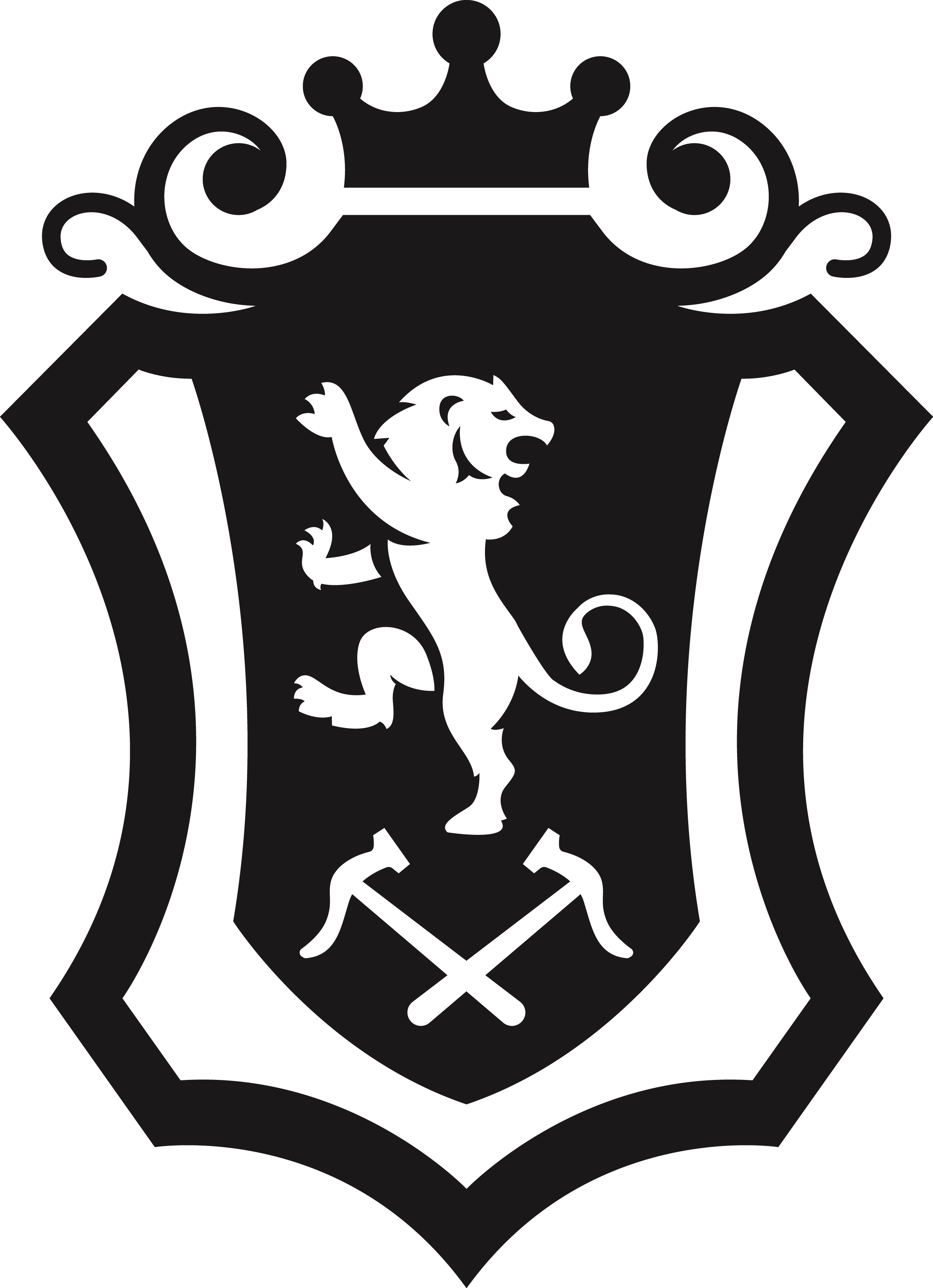The True Meaning Behind Día De Los Muertos
Mexican History
The True Meaning Behind Día De Los Muertos
From J.L. Rocha Collections
1977 Los Angeles
5th Annual Day of the Dead Procession
Title: Chevy Truck Float, by Self Help Graphics & Art
Our culture dates before the Spanish arrival, and our traditions stem from before this period as well. Wherein many cultures fill this season with ghoulish reminders and preparations for harvest, each year on the first and second of November - the Mexican culture celebrates their dead. Originally begun by the Mexica culture over 3,000 years ago, they preserved and prepared the skeletal remains of their loved ones, dressing them in bright adornments for their journey through the nine levels of Mictlán.
Fast forwarding through the colonization of Mexico by the Spanish, the tradition we now know is an amalgam of indigenous heritage and Catholicism:
“Officially, according to the Catholic calendar, the 1st of November is dedicated to All Saints and the 2nd to the Faithful Departed. However, in the popular tradition of much of the Mexican Republic, day 1 is dedicated to the small dead or deceased children, and day 2 to adults or large dead.”
- Source
This mixing of honors for the departed culminates in what we now know as Día de los Muertos. The most iconic symbol of which is the “The Ofrenda” or the offering. A symbol that exists in great variety and is differentiated according to the factors that influence its propitiation and its observance, such as:
Participation: related to the characteristic of the offering and the type of worship, meaning it can be:
a) Personal, when the offering is a relationship between debtor and soul, as is the case of the “crowns”, the “illumination "Or the "lamented” in the pantheon.
b) Family, because the offering is made as an act of solidarity carried out, to give an example, on domestic altars.
c) Social, which can be differentiated into: offering for souls with relatives and offering for souls without relatives.
Specialized Ofrendas: corresponding to your motivation and your dedication. Thus there are offerings for children, adults, parents, grandparents, older children, younger children, daughters, sons, uncles, compadres, etc., and there is a very special one dedicated to the deceased testator, that is, to the person who currently left the assets enjoyed.
These ofrendas serve as a ritualistic alter signifying not only the memories of the departed that we carry, but additionally our warm wishes and prayers hoping to carry them forward into their next station. If you’re interested in a basic break down of the holiday, enjoy this video by National Geographic on Día de Los Muertos:
What does Día de Los Muertos Mean to us?
Family, History, and Presence
When we reflect on the festivities of the day of the dead, we look to our past as well as our future. There’s a commemoration of the history that brought us to this day, and we want to highlight the thoughts that have been resonating with us.
“The cult of life, if it really is deep and total, is also a cult of death. Both are inseparable. A civilization that denies death ends up denying life.”
- Octavio Paz[source]
Truly in denying death we fail to acknowledge what is precious about life: the experiences we have and those we share them with. Our entire family reflects on the virtuous blessings gained by the lives lost to time, but furthermore we look to the value we gain from the many lives surrounding us as well as the unfortunate losses that for us seem to come too early.
Among the thoughts that move us during this celebration of life and death we find a few points and lessons:
While death may seem to come too early for many, we have to value the lives that touch us.
The impact you leave on the many who know you, is the greatest legacy you have.
Cherish your loved ones, because you don’t know how much time we have left.
These thoughts flood our minds as we gather back in our offices and talleres to prepare for the ending year and coming future. We’ve dedicated ourselves to providing relief to those families of artisans that we have lost during the pandemic. Beyond that we continue to think about our legacy, and what we will leave the world past this present that blesses us. The lives of animals and skins that tell their story deserve our respect and value as well, this is why J.L. Rocha Collections will be re-evaluating our standards of ethical leather production to ensure that we treat all those who play a part in producing our products with respect and value.
Our goal is to honor the History, Ethics, and Individuality of each part of our brand and community. Sharing our history and initiatives is one small part of this goal, let us know how you value your history, ethics and individuality by commenting below or any one of our social media channels.
For more on the history of the Day of the Dead visit this exciting installation by Google Arts and Culture Online.
-Thank you/Gracias

